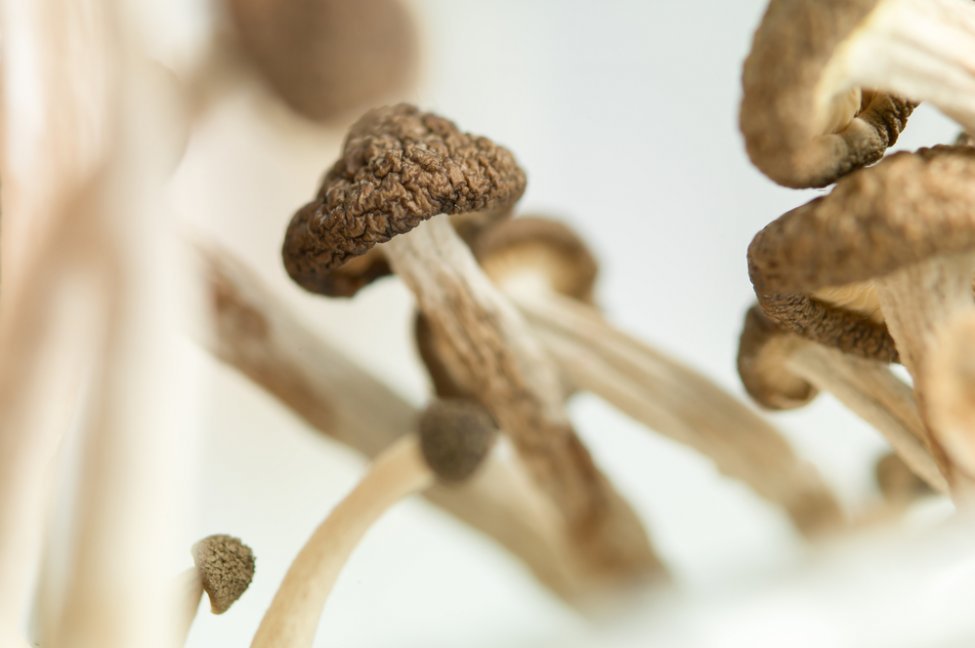Inside BENEO’s new pulse plant: pioneering sustainable protein from faba beans
The collaborative research aims to fill several gaps in the scientific understanding of the chemical composition of psychedelic psilocybin-containing mushrooms
CaaMTech Inc., the foremost drug discovery and lead optimization company focused on engineering psychedelic drugs that meet the standards of modern medicine based in the US, has recently announced that the company has entered into a collaborative research agreement with the Leibniz Institute for Natural Product Research and Infection Biology to research psychedelic mushroom compositions.
The Leibniz Institute for Natural Product Research and Infection Biology (also known as the Hans Knöll Institute [HKI] after its founder) is located in Jena, Germany. Famed mycologist Prof. Dr Dirk Hoffmeister, head of the Research Group Pharmaceutical Microbiology, will lead the research on behalf of HKI.
The collaborative research aims to fill several gaps in the scientific understanding of the chemical composition of psychedelic psilocybin-containing mushrooms, colloquially known as “magic mushrooms.” Magic mushrooms (and their most well-known psychedelic compound, psilocybin) have undergone a wave of new research in the past several years. More recently, magic mushrooms have been decriminalized in several US jurisdictions and Oregon voters overwhelmingly moved to legalize psychotherapy utilizing these fungi in a November ballot measure.
“Psilocybin is just one of many tryptamines found in magic mushrooms and probably not the one with the most potential or the most important effects,” said Dr Andrew Chadeayne, CEO of CaaMTech. “Understanding the chemical composition of magic mushrooms allows us to quantifiably distinguish their effects from pure psilocybin and harness the advantages.”

